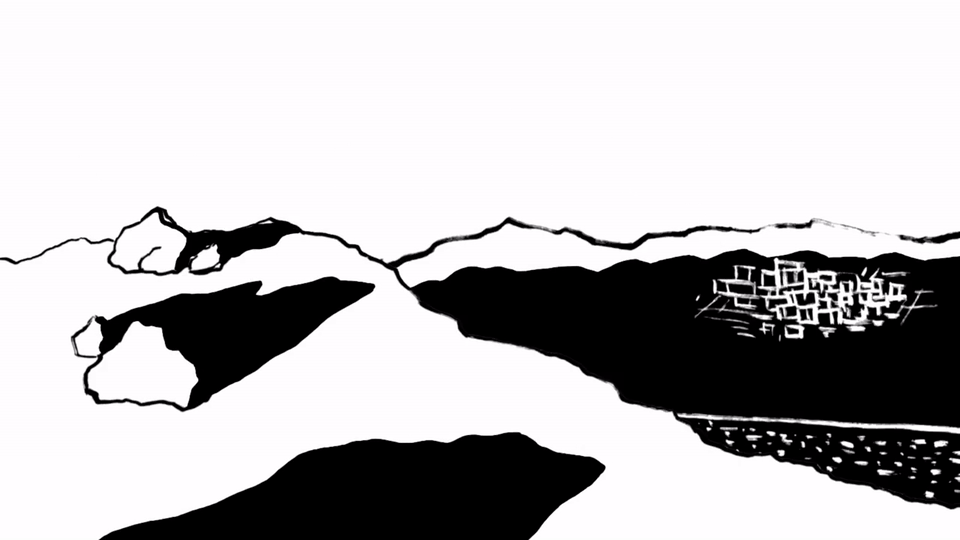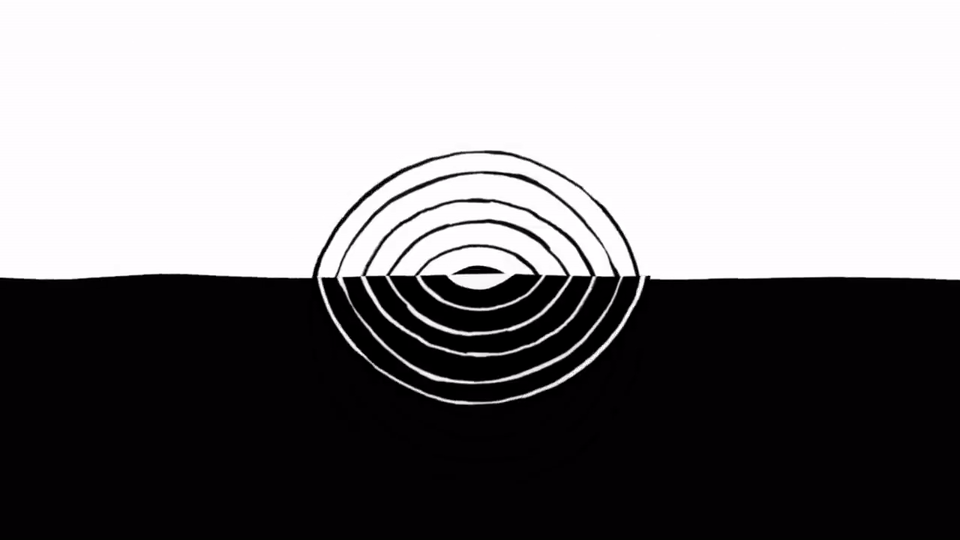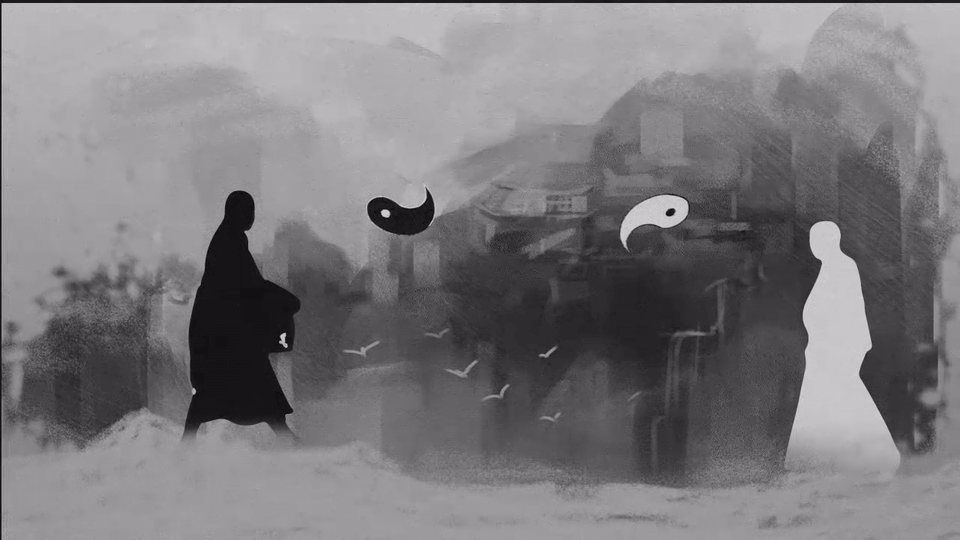
The Yin & Yang Symbol – we’ve all seen it a thousand times before. But do you actually know what it means?
Maybe you’re heard some stories about how it represents the opposites in life.
But the meaning actually goes much deeper!
The history of the Yin and Yang symbol (or Taijitu, as it’s called in chinese) dates back to 700 BCE.
Legend says that originally, Yin and Yang were describing the sunny (Yang) and the shady (Yin) side of a hill. While life on the sunny side of the hill was cheerful, the crops were growing and people were happy, it was dark on the other side of the hill, and the villagers living there were hungry and sad.
Yang is associated with light, masculinity, day, activeness, logic and heat.
Yin is associated with darkness, femininity, night, passiveness, intuition, and coldness.

Now it might seem like Yin and Yang are complete opposites and many people understand it this way – but that’s not the point.
Yin and Yang are essentially the same.
As different as they are, they are just two different sides of the same coin (or the same hill, in the legend) and one could not possibly exist without the other.
Maybe this gets even more clear when you view Yin and Yang as night and day.
They seem to be very different – daytime is bright, warm and friendly,
while nighttime is dark, gloomy and mysterious – they cannot exist without each other.
And there’s another very important part to understanding the true meaning of the yin & yang symbol: We notice that there is a black dot in the white half of the yin & yang symbol, and a white dot in the black half. What does that mean?
This symbolism means that in every Yang, there is also a little bit of Yin, and in every Yin, there is also a little bit of Yang.
In every happiness there is also a bit of suffering, because without suffering, happiness wouldn’t exist and we couldn’t appreciate it. And that goes the same way around as well.
Only together, the Yin and the Yang are a whole.
This also means that when there is an excess of Yin, there's a lack of Yang, and vice versa.

When people see things as beautiful, ugliness is created.
When people see things as good, evil is created.
Being and non-being produce each other.
Difficult and easy complement each other.
Long and short define each other.
High and low oppose each other.
Fore and aft follow each other.
- Lao Tzu, Ancient Chinese Philosopher
But don’t understand this in a wrong way.
Just because something is currently Yin, doesn’t mean that it can’t (or won’t) become Yang in the future.
Yin and Yang are two energies (qi) that can shift at any given moment.

The Yin & Yang symbol only shows them in perfect balance, but that’s not always the case.
A person can be angry, but soft and loving as well. There is dawn and sunset between day and night.
This also means that we should remember another important aspect of life:
Everything is constantly changing. Good times and bad times, nothing lasts forever.
The Yin and Yang in things can also be subdivided further into Yin and Yang. Hot water (which is Yang) for example can be nice and warm (Yin) or burning and dangerous (Yang).

Yin & Yang in connection with physical health
In ancient, medical chinese writings, people thought of different organs of the body as Yin and Yang.
Five zang (organs) -- the kidneys, liver, heart, spleen and lungs - are classified as yin. They control the storage of vital substance and qi.
Six fu (organs) -- the gallbladder, stomach, small and large intestines, urinary bladder and triple burner are yang and control the transport and digestion of food.
Quote
In Qi Gong, the human body is also divided into different categories of Yin & Yang.
Different Qi Gong exercises are actually created with Yin and Yang in mind, and center around this philosophy. The upper body is associated with Yang, and the lower body with Yin.
Our center, the chest and stomach area, is where Yin and Yang meet.
The functions of our body and organs are Yang, while their structures are Yin.
And our bodily fluids are the Qi Energy that flows through our body.

In TCM (Traditional Chinese Medicine), the basic goal is to achieve a balance between Yin and Yang in the person's body.
When that balance is achieved, we just feel great - we are fit and happy, our body and mind are both in very good conditions, everything just flows and works out effortlessly.
If someone is constantly stressed and suffers from emotional pain, isn't it better to fix the root of the real problem (his mental state) instead of just repeating to treat his headaches?!
That's TCM's approach.
"All things carry Yin
yet embrace Yang.
They blend their life breaths
in order to produce harmony."
- Lao Tzu

- Instagram -

© Sirwinchester

